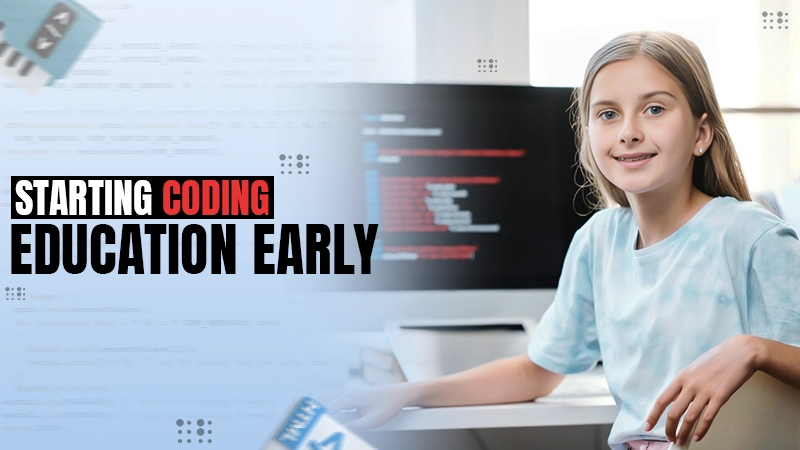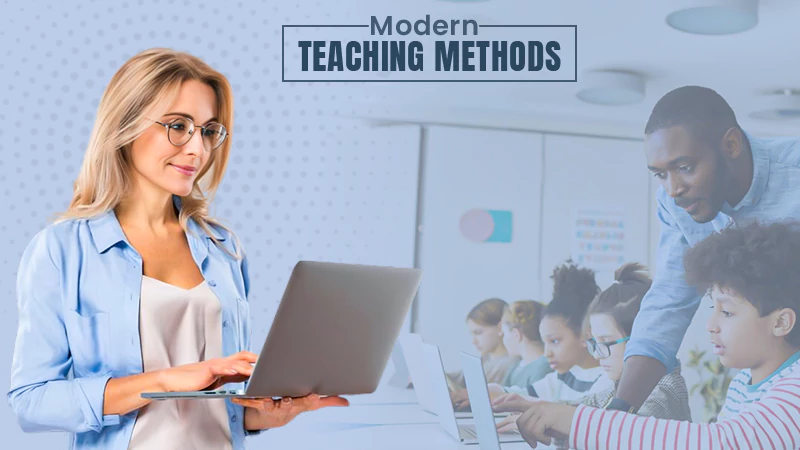Machine learning teaches computers to make decisions on their own to automate certain tasks. For this reason, it is used in many fields, including data science.
To master Data Science from scratch, the first step is to learn three sections of machine learning:
Supervised Learning
Supervised learning allows you to predict the result using pre-labeled data available to you. However, if you need to predict several values (for example, to distinguish photographs of cars from airplanes and trains), then this is a regression problem, if one (assume the price of an apartment based on its characteristics) is a regression problem.
Learning Without a Teacher
In this, the input data is not marked up, that is, and you don’t even know the result nor the method of data processing is known in advance. However, you can search for anomalies – unusual credit card transactions, erroneous sensor readings, and more.
Reinforcement Learning
The initial data is also not labeled, but with each action, the neural network receives a negative stimulus – positive or positive. According to this rule, the AI is taught to play computer games, and the examples include Dota 2 and Starcraft II.
Machine learning consulting is when you load a large amount of data into a computer program and choose a model that will “fit” that data so that the computer (without your help) can make predictions.
The name, machine learning, is apt because once you choose a model to use and tweak (in other words, improve with adjustments), the machine will use the model to learn patterns in your data. Then you can add new conditions (observations) and it will predict the result!
Defining Supervised Machine Learning
A flag simply means that the result of the observation (that is, the data series) is known. For example, if your model is trying to predict whether your friends will go golfing or not, you might have variables like weather, day of the week, and so on. If your data is marked, then your variable will be 1 if your friends went to play golf, and 0 if they did not go.
Definition of Unsupervised Machine Learning
As you might have guessed when it comes to tagged data, unsupervised learning is the opposite of supervised learning. In unsupervised learning, you cannot know whether your friends are going to play golf or not – only a computer can find patterns using a model to guess what has already happened or predicted what will happen.
Can You Tell Us with Specific Examples What Analysts Do?
An analyst is someone who can look at data science consulting services, build and test hypotheses. The task of analysts is to bring practical value and seek new knowledge in the data. Humans have been analyzing data even before the advent of computers.
For example, the Japanese engineer and statistician Genichi Taguchi developed the concept of “quality engineering” back in the 1940s. Within the framework of this idea, he statistically analyzed production data, conducted experiments, and significantly reduced costs, while improving product quality. Subsequently, his methods were implemented in the production optimization of the Ford Motor Company.
I will give one example of an analyst’s task from my practice. Yandex conducted an experiment by adding new elements to search results – pictures in snippets. At the same time, users sometimes began to click less often and solve their problems, the metrics worsened. A dozen hypotheses could be put forward as to why this happened.







